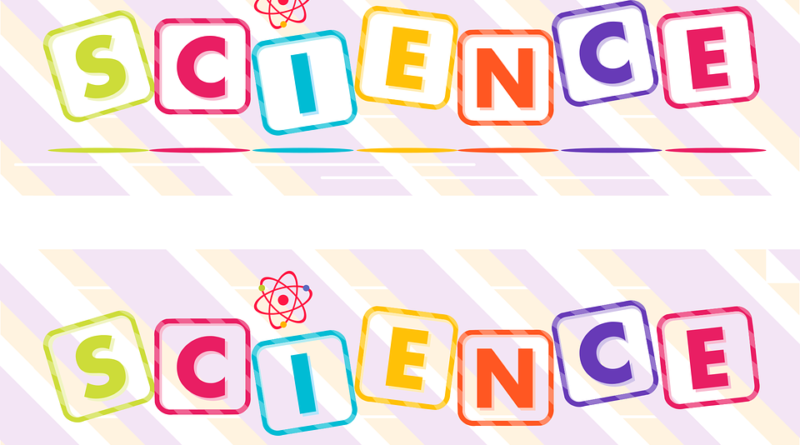Black Magic in Science
The flat denial of yesterday has become the scientific axiom of to-day — Common Sense Aphorisms.
Black Magic in Science
Pt. 1
Commence research where modern conjecture closes its faithless wings — Bulwer’s Zanoni.
The flat denial of yesterday has become the scientific axiom of to-day — Common Sense Aphorisms.
Thousands of years ago the Phrygian Dactyls, the initiated priests, spoken of as the “magicians and exorcists of sickness,” healed diseases by magnetic processes. It was claimed that they had obtained these curative powers from the powerful breath of Cybele, the many-breasted goddess, the daughter of Coelus and Terra. Indeed, her genealogy and the myths attached to it show Cybele as the personification and type of the vital essence, whose source was located by the ancients between the Earth and the starry sky, and who was regarded as the very fons vitae of all that lives and breathes. The mountain air being placed nearer to that fount fortifies health and prolongs man’s existence; hence, Cybele’s life, as an infant, is shown in her myth as having been preserved on a mountain. This was before that Magna and Bona Dea, the prolific Mater, became transformed into Ceres-Demeter, the patroness of the Eleusinian Mysteries.
What is the root force of everything
Animal magnetism (now called Suggestion and Hypnotism) was the principal agent in theurgic mysteries as also in the Asclepieia — the healing temples of Aesculapius, where the patients once admitted were treated, during the process of “incubation,” magnetically, during their sleep.
This creative and life-giving Force — denied and laughed at when named theurgic magic, accused for the last century of being principally based on superstition and fraud, whenever referred to as mesmerism — is now called Hypnotism, Charcotism, Suggestion, “psychology,” and what not. But, whatever the expression chosen, it will ever be a loose one if used without a proper qualification. For when epitomized with all its collateral sciences — which are all sciences within the science — it will be found to contain possibilities the nature of which has never been even dreamt of by the oldest and most learned professors of the orthodox physical science. The latter, “authorities” so-called, are no better, indeed, than innocent bald infants, when brought face to face with the mysteries of antediluvian “mesmerism.”
The “breath of Cybele” is basic
As stated repeatedly before, the blossoms of magic, whether white or black, divine or infernal, spring all from one root. The “breath of Cybele” — Akasa tattwa, in India — is the one chief agent, and it underlay the so-called “miracles” and “supernatural” phenomena in all ages, as in every clime. As the parent-root or essence is universal, so are its effects innumerable. Even the greatest adepts can hardly say where its possibilities must stop.
The key to the very alphabet of these theurgic powers was lost after the last gnostic had been hunted to death by the ferocious persecution of the Church; and as gradually Mysteries, Hierophants, Theophany and Theurgy became obliterated from the minds of men until they remained in them only as a vague tradition, all this was finally forgotten. But at the period of the Renaissance, in Germany, a learned Theosophist, a Philosopher per ignem, as they called themselves, rediscovered some of the lost secrets of the Phrygian priests and of the Asclepieia. It was the great and unfortunate physician-Occultist, Paracelsus, the greatest Alchemist of the age.
Black magic in science
That genius it was, who during the Middle Ages was the first to publicly recommend the action of the magnet in the cure of certain diseases. Theophrastus Paracelsus — the “quack” and “drunken impostor” in the opinion of the said scientific “bald infants” of his day, and of their successors in ours — inaugurated among other things in the seventeenth century, that which has become a profitable branch in trade in the nineteenth. It is he who invented and used for the cure of various muscular and nervous diseases magnetized bracelets, armlets, belts, rings, collars and leglets; only his magnets brought about many more cures than do the electric belts of to-day. Van Helmont, the successor of Paracelsus, and Robert Fludd, the Alchemist and Rosicrucian, also applied magnets in the treatment of their patients. Mesmer in the eighteenth, and the Marquis de Puysegur in the nineteenth century only followed in their footsteps.
In the large curative establishment founded by Mesmer at Vienna, he employed, besides magnetism, electricity, metals and a variety of woods. His fundamental doctrine was that of the Alchemists. He believed that metals, as also woods and plants have all an affinity with and bear a close relation to, the human organism. Everything in the Universe has developed from one homogeneous primordial substance differentiated into incalculable species of matter, and everything is destined to return thereto. The secret of healing, he maintained, lies in the knowledge of correspondences and affinities between kindred atoms. Find that metal, wood, stone, or plant that has the greatest affinity with the body of the sufferer; and, whether through internal or external use, that particular agent imparting to the patient additional strength to fight disease — (developed generally through the introduction of some foreign element into the constitution) — and to expel it, will lead invariably to his cure.
– from Studies in Occultism by H. P. Blavatsky
The Theosophical University Press Online Edition

